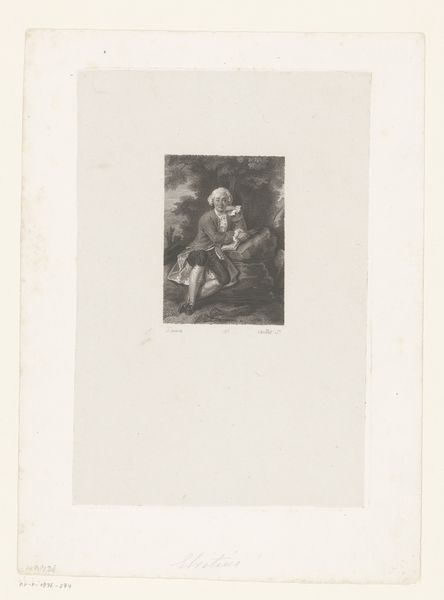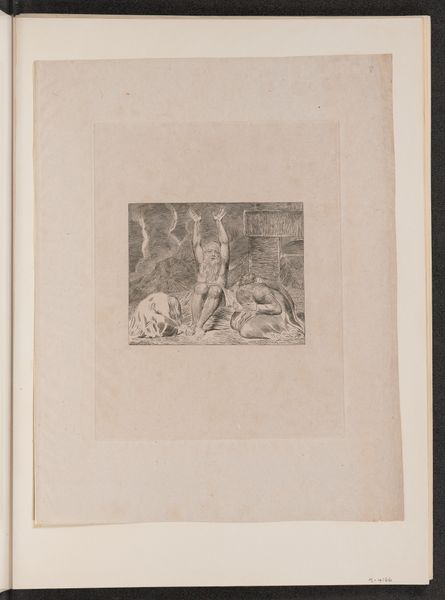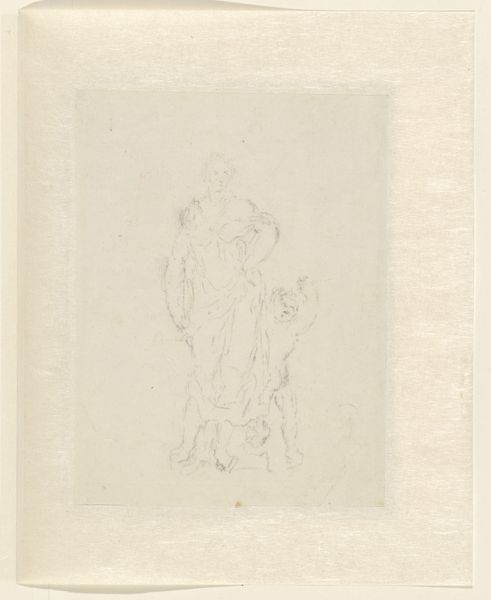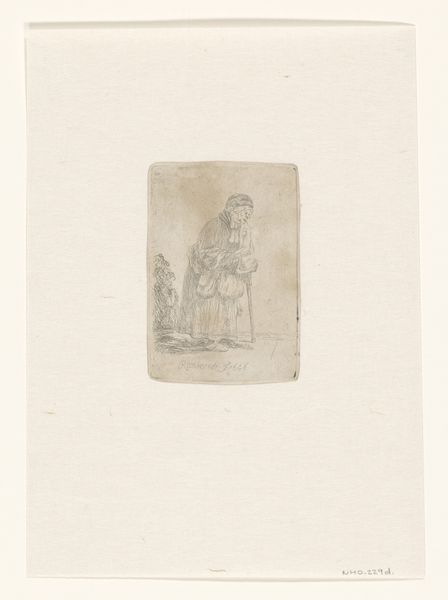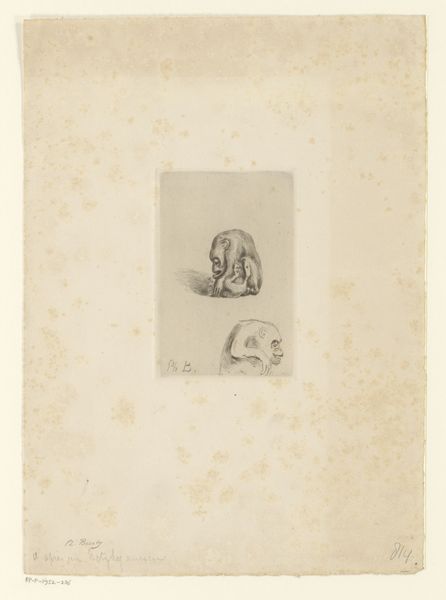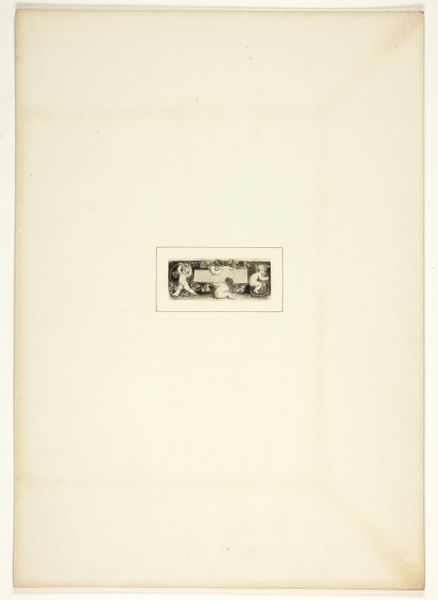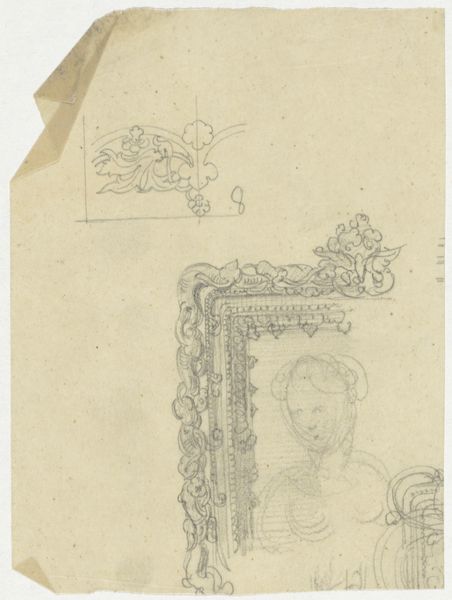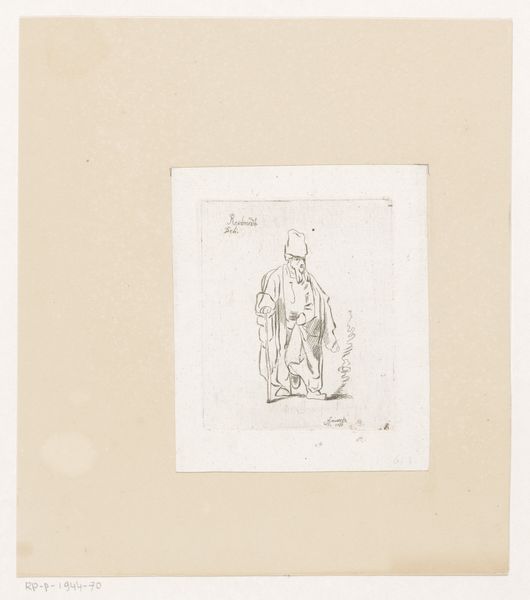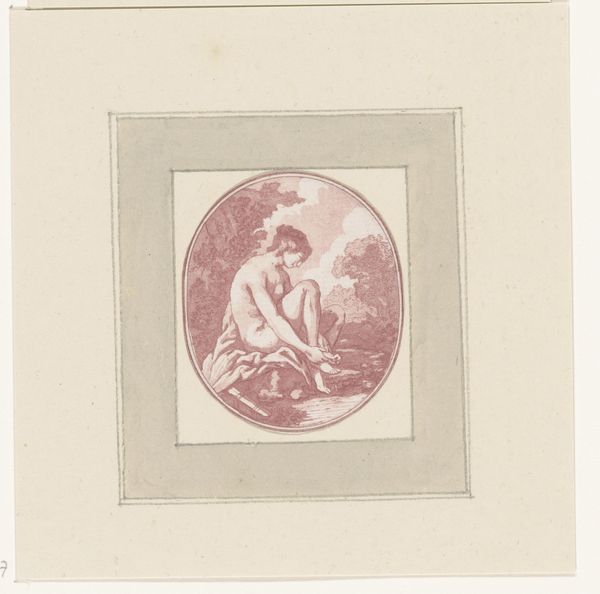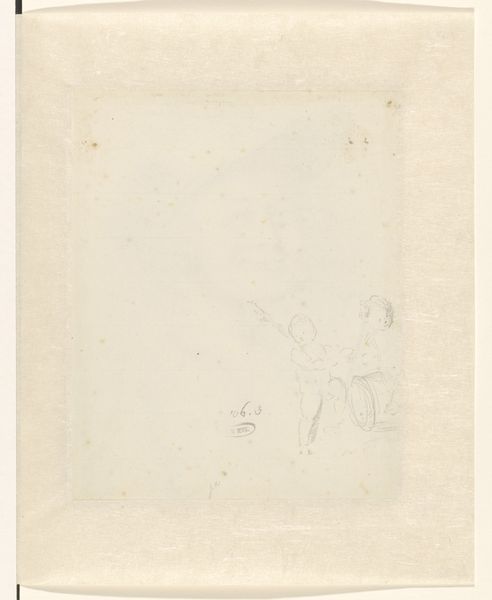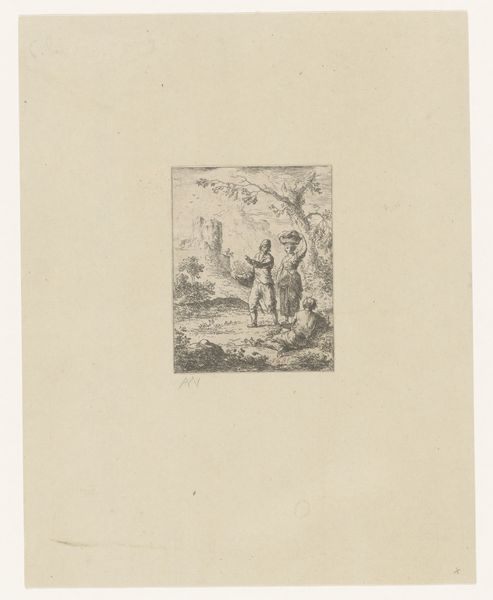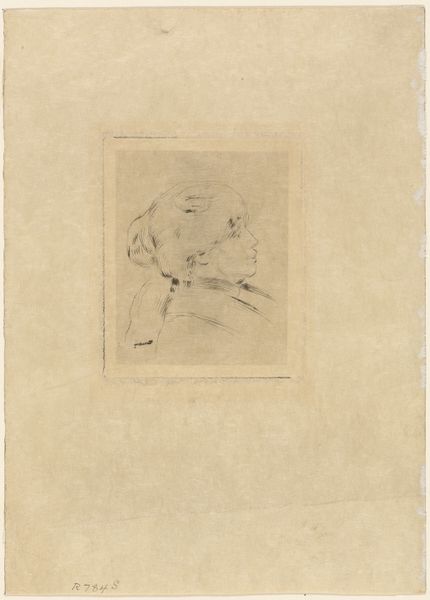
Portret van Claus de Nar en een lezende jonge vrouw bij kaarslicht 1782
0:00
0:00
Dimensions: height 378 mm, width 181 mm, height 125 mm, width 110 mm
Copyright: Rijks Museum: Open Domain
Editor: Here we have "Portret van Claus de Nar en een lezende jonge vrouw bij kaarslicht," an etching made in 1782 by Adam von Bartsch, currently held at the Rijksmuseum. It's really quite captivating, there's something intimate in the domestic scene and how candlelight renders it. How do you interpret this print, especially considering the juxtaposition of Claus de Nar and the reading woman? Curator: What strikes me is how Bartsch positions the public figure—Claus de Nar—adjacent to the private, intellectual pursuit of the young woman. It's essential to consider the social context. What did it mean for a woman to be depicted reading during the late 18th century? Were women widely encouraged or allowed to partake in intellectual life? Editor: Well, I imagine it might've suggested intelligence, but also maybe that she had some privilege to have leisure for study? Curator: Precisely! The politics of imagery come into play. The inclusion of Claus de Nar may not just be a stylistic choice but also a commentary on societal roles. He was a 'court fool', performing and being scrutinised - whilst she engages in something less overtly performative and maybe more transgressive given her gender. This arrangement begs us to question what kind of power each figure wields in their distinct social spheres, doesn't it? Also consider how the medium – printmaking – democratised images, making them more accessible to a broader public. Does this accessibility alter how the print and those within it, might have been read? Editor: So, this being a print makes this image accessible and gives power to new audiences of both of these portraits? Curator: Absolutely, we cannot ignore this new way of dissemination. A historian will always consider how artwork shapes and mirrors societal values, particularly when coupled with the nuances of access. How does this new-found knowledge colour your perception of this piece? Editor: It adds layers I hadn't considered, that’s for sure. Now I see a much deeper commentary on social structure within the artwork. Curator: Exactly! Art constantly reflects and interrogates power.
Comments
No comments
Be the first to comment and join the conversation on the ultimate creative platform.
